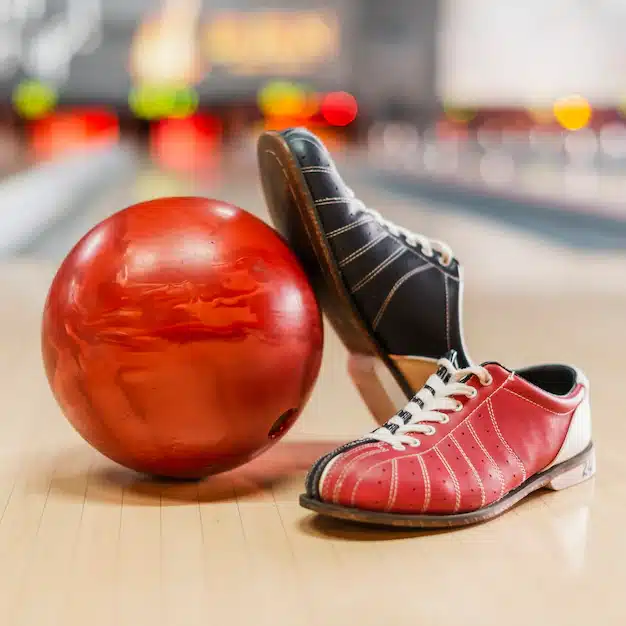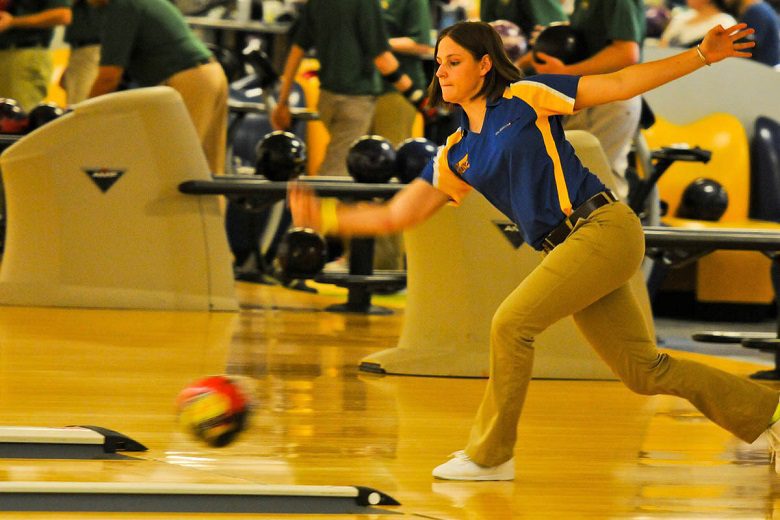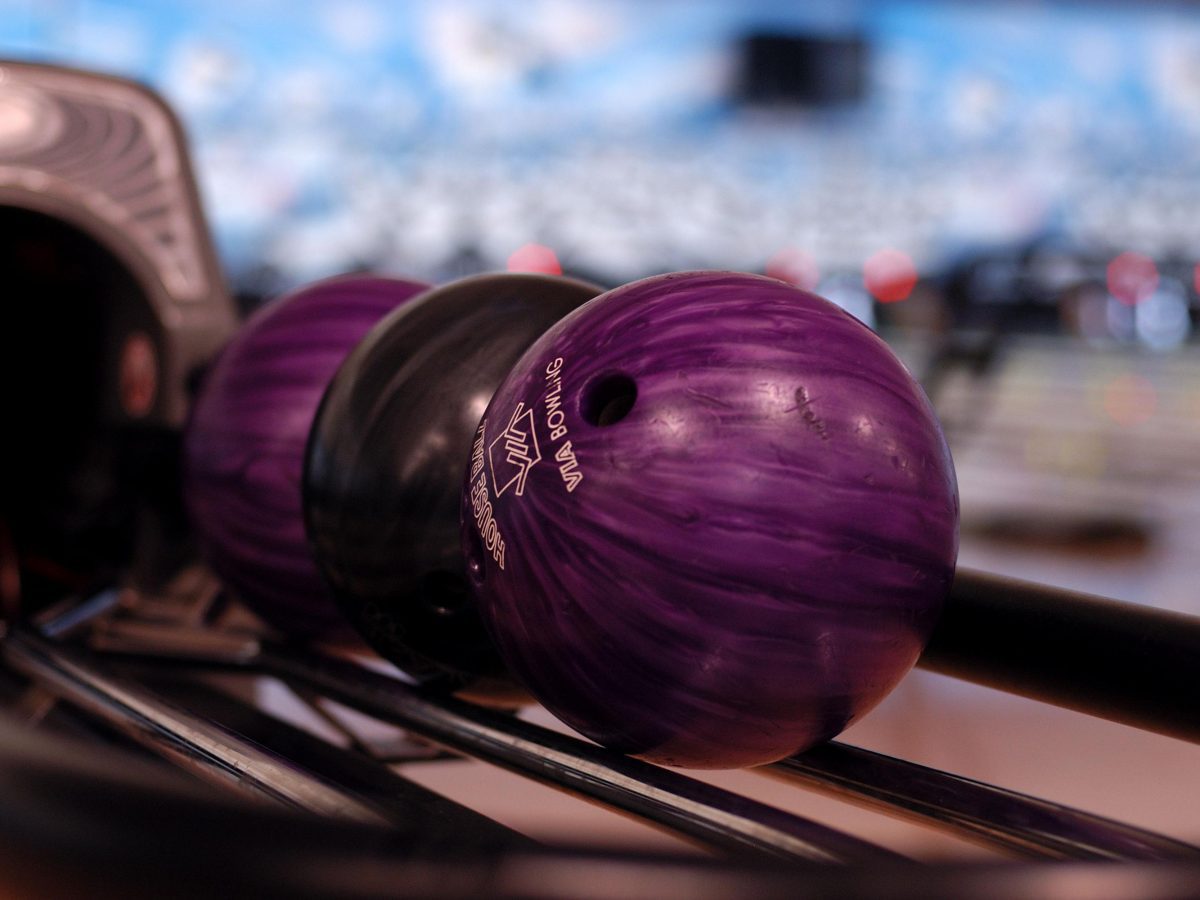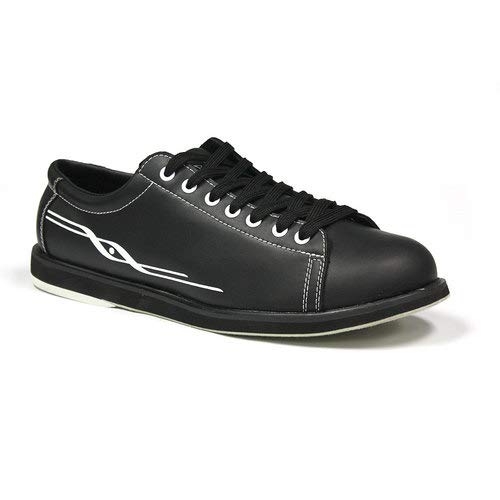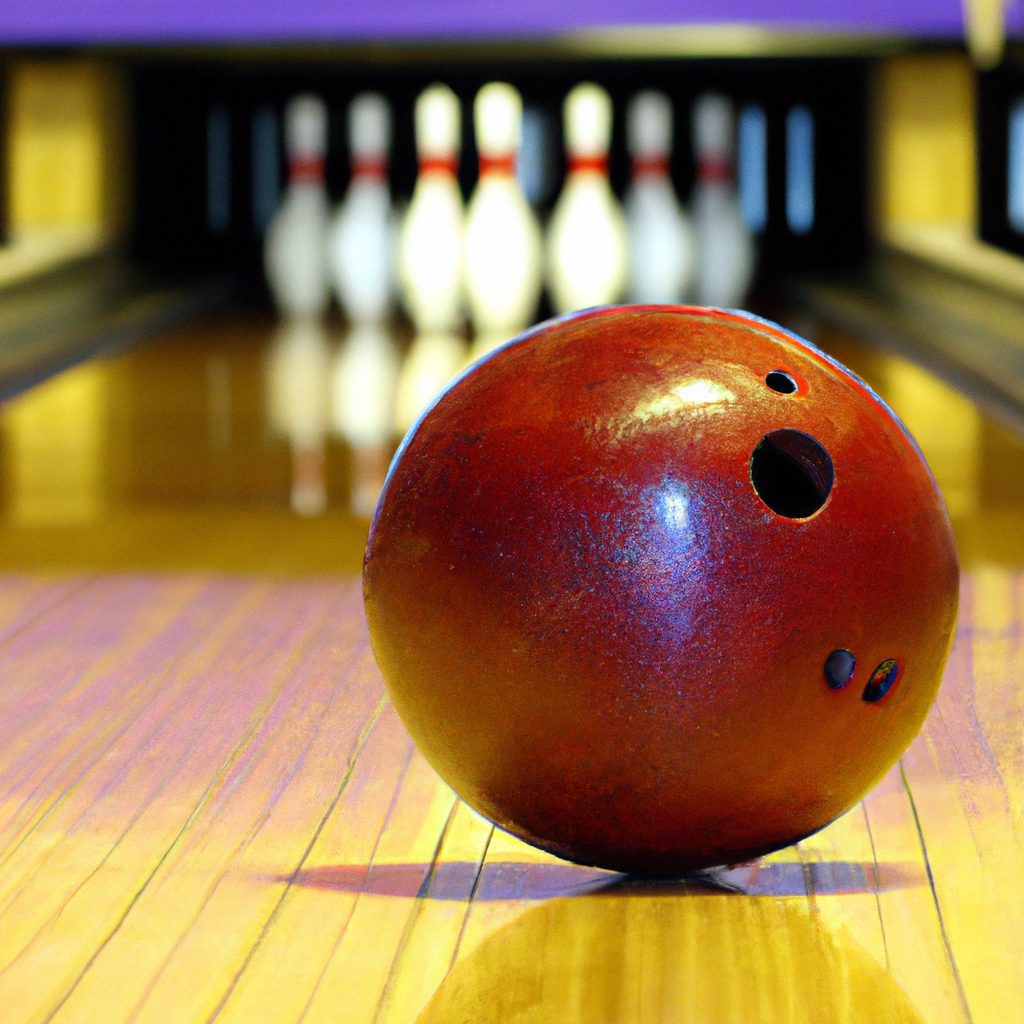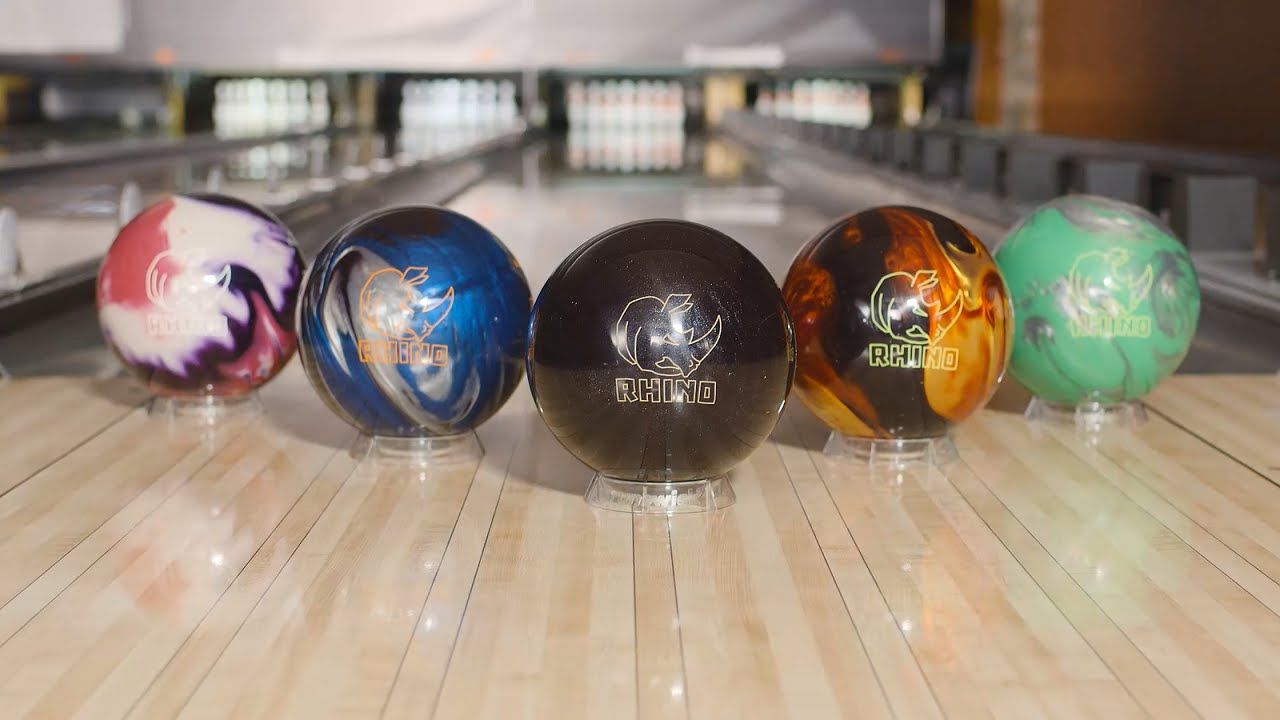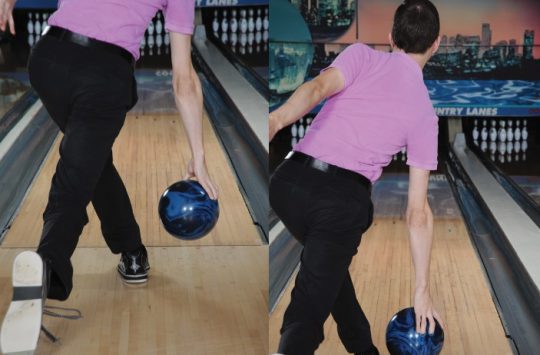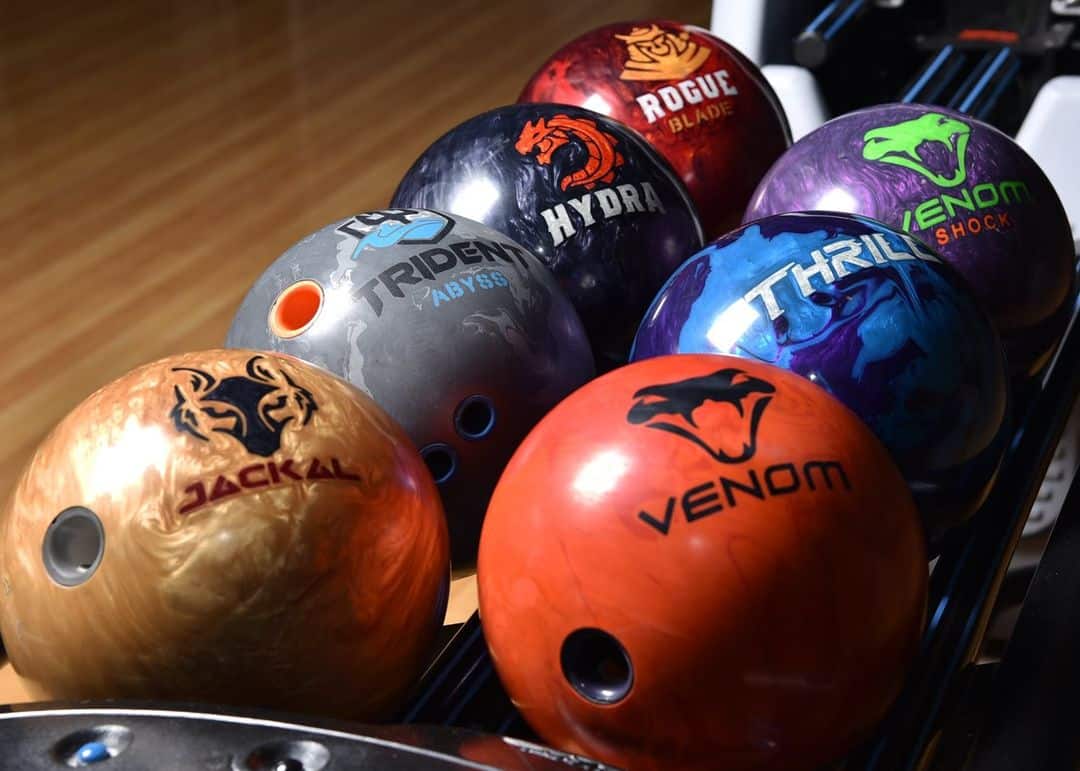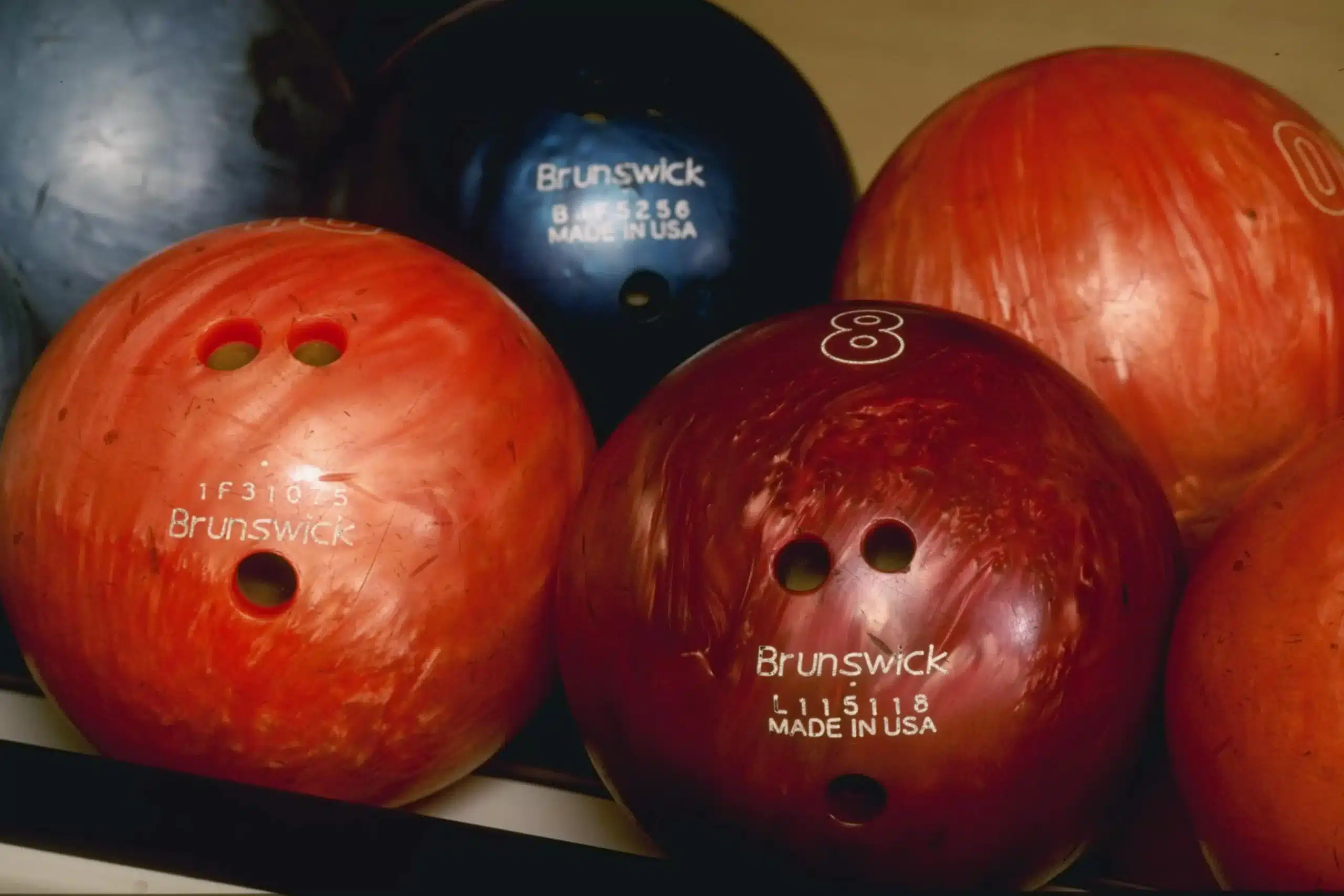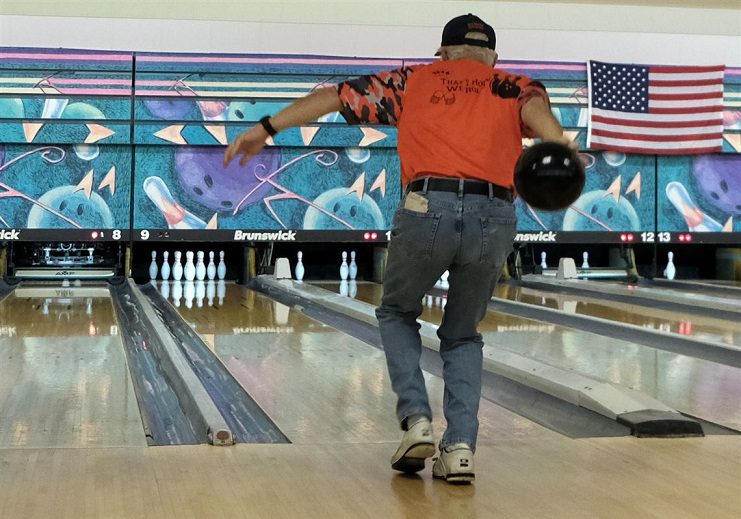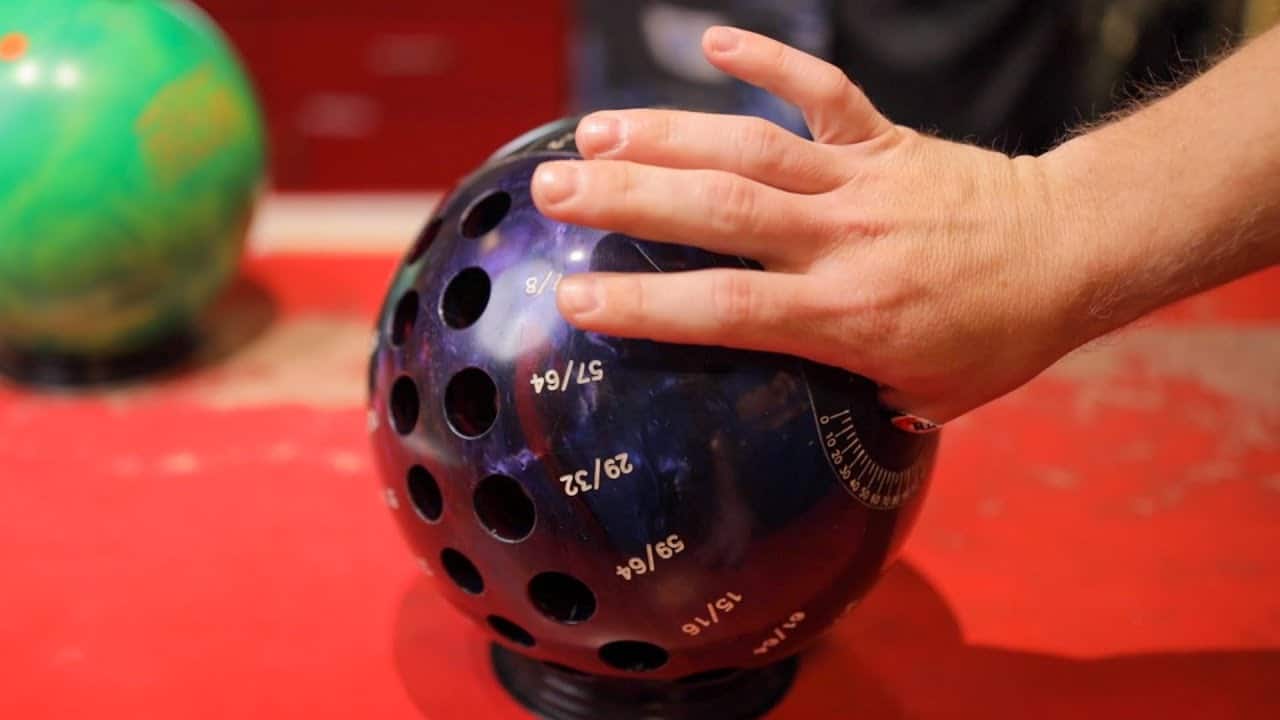Bowling balls, those intriguing spheres that glide down the lanes with precision and power, have always fascinated us. Ever wondered what those balls are actually made of? Look no further – in this article, we will unveil the mystery behind the composition of bowling balls. From the early days of wood and rubber to the modern-day marvels of performance-enhancing materials, join us as we take a closer look at the fascinating world of bowling ball construction.
Review contents
Composition of Bowling Balls
Introduction to Bowling Ball Materials
When it comes to the sport of bowling, the composition of the bowling ball plays a crucial role in its performance and overall gameplay. Bowling balls are crafted using a combination of various materials that are carefully selected for their specific properties. These materials determine the ball’s coverstock, core design, weight block types, and additional additives, all of which contribute to its unique characteristics and performance on the lanes. In this article, we will delve into the different materials used in bowling ball construction, the manufacturing process involved, the regulations and standards governing bowling ball composition, the evolution of bowling ball materials over time, and the environmental impact and sustainability efforts in the industry.
Historical Background of Bowling Ball Composition
Bowling has a rich history that dates back thousands of years, and with it, variations in the materials used to create the balls. In ancient times, bowling balls were typically made out of wood or other natural materials. As the sport evolved, rubber and hard rubber balls gained prominence due to their increased durability and performance. However, it was not until the mid-20th century that significant advancements were made in bowling ball composition. The introduction of plastic resin balls revolutionized the sport with their enhanced predictability and durability.
Modern Development of Bowling Ball Materials
In recent decades, there have been significant developments in bowling ball materials, leading to a wide range of options available to bowlers today. These advancements have been driven by the aim to create balls that offer increased hook potential, enhanced pin carry, and improved overall performance. Let’s take a closer look at the different materials used in the construction of bowling balls.
Coverstock Materials
Polyurethane (PU)
Polyurethane (PU) coverstocks are known for their durability and controllability. These coverstocks provide a smooth and predictable roll, making them a popular choice for bowlers of all skill levels. Polyurethane coverstocks offer excellent friction with the lane surface, providing a good balance between hook potential and predictability.
Reactive Resin
Reactive resin coverstocks revolutionized the bowling industry when they were introduced in the 1990s. These coverstocks are formulated with additives that increase their porosity, allowing them to grip the lane surface more aggressively. Reactive resin balls offer a strong backend reaction, making them ideal for bowlers looking for increased hook potential and powerful strikes.
Particle
Particle coverstocks combine the properties of reactive resin with the addition of microscopic particles, such as glass or ceramic. These particles create even more surface friction, resulting in an enhanced hook potential. Particle balls are renowned for their ability to generate a strong mid-lane traction, making them a popular choice for bowlers competing on medium to heavy oil conditions.
Plastic
Plastic coverstocks are the most basic and affordable option available. These coverstocks provide minimal friction with the lane surface, offering a smooth and straight roll. Plastic balls are commonly used by beginner bowlers or those aiming for a spare shooting ball. While they lack the hook potential of other coverstock materials, they excel in their simplicity and consistency.
Core Designs
The core of a bowling ball plays a crucial role in its motion on the lanes. The design of the core can greatly influence factors such as the ball’s hook potential, length, and overall stability. Bowling balls feature a variety of core designs, each offering unique characteristics. Let’s explore the different core designs commonly found in bowling balls.
Symmetrical Cores
Symmetrical cores are the most common type of core design found in bowling balls. They feature a uniform shape and mass distribution, which helps the ball maintain its axis of rotation. Symmetrical cores provide a controlled and versatile ball reaction, making them suitable for a wide range of lane conditions and playing styles.
Asymmetrical Cores
Asymmetrical cores offer an irregular shape and varied mass distribution, resulting in a more dynamic ball reaction. These cores create a higher differential, which refers to the difference in flare potential between the ball’s X and Y axes. Asymmetrical cores excel in generating angularity and back-end reaction, making them a popular choice for bowlers seeking increased hook potential and strong finishes.
Pancake Cores
Pancake cores, also known as disc cores, feature a flat design with a low volume. These cores provide a smooth and predictable reaction, making them ideal for bowlers looking for a controlled ball motion. Pancake cores are commonly found in spare balls where a straight and consistent roll is desired.
Spherical Cores
Spherical cores, as the name suggests, are spherical in shape. These cores are often used in entry-level bowling balls and are known for their simplicity and predictability. Spherical cores offer a balanced and controllable ball motion, making them suitable for bowlers who prefer a straighter trajectory.
Radical Cores
Radical cores, sometimes referred to as asymmetrical pancake cores, combine the characteristics of asymmetrical and pancake cores. They feature an irregular shape with a low volume, offering both predictability and increased differential. Radical cores provide bowlers with a versatile ball reaction that can adapt to various lane conditions and playing styles.
Weight Block Types
The weight block of a bowling ball refers to the internal core structure that affects the ball’s overall weight distribution. Different weight block types influence factors such as the ball’s flare potential, track flare, and overall ball motion. Let’s explore the common weight block types used in bowling balls.
High-Density Cores
High-density cores have a greater mass concentration in the center of the ball. These weight blocks result in a higher RG (radius of gyration) and provide a stable roll with minimal energy loss. High-density cores are suitable for bowlers who prefer a smoother and more controlled ball motion.
Low-Density Cores
Low-density cores have a lower mass concentration in the center of the ball, allowing for a lower RG. These weight blocks create a more aggressive ball reaction and enhance the ball’s hook potential. Low-density cores are often favored by bowlers looking for increased overall hook and a strong backend motion.
Top Weight
Top weight refers to the difference in weight between the top and bottom halves of the ball. A higher top weight results in the ball’s mass being shifted towards the top, contributing to an earlier roll and smoother overall motion. Conversely, a lower top weight allows for a delayed roll and a more angular ball reaction.
Intermediate Differential
Intermediate differential refers to the difference between the RG of the ball’s X and Y axes. A higher intermediate differential promotes a stronger mid-lane reaction and increased flare potential. This allows the ball to cover more boards on the lane. On the other hand, a lower intermediate differential results in a smoother and less aggressive ball motion.
Additional Materials and Additives
In addition to coverstock materials and core designs, the production of bowling balls involves the incorporation of various additives and additional materials. These components contribute to the ball’s performance and aesthetics. Let’s explore some of the common additives and materials used in bowling ball manufacturing.
Fillers
Fillers are additives used to modify the properties of the ball’s coverstock. These materials can enhance durability, increase hardness, or provide other desirable characteristics. Fillers can include substances such as mica, ceramic, or powdered metals. The specific filler used can vary depending on the desired performance attributes of the bowling ball.
Hardness Agents
Hardness agents are additives that adjust the hardness of the coverstock. These agents can be added to increase durability, resilience, or to create a specific feel. Different hardness agents can be used in combination with the base coverstock material to achieve the desired balance between hardness and performance.
Colorants
Colorants are added to the ball’s coverstock to provide aesthetic appeal and differentiate different ball models. These colorants come in various forms, including dyes, pigments, and other coloring agents. Bowling ball manufacturers take great care in selecting colorants that are resistant to fading and provide consistent and vibrant hues.
Urethane Additives
Urethane additives are incorporated into the coverstock to enhance specific performance characteristics. These additives can increase friction with the lane surface, resulting in improved hook potential. Urethane additives have been widely utilized in bowling ball construction, especially in the development of early reactive resin coverstocks.
Surfactants
Surfactants are chemical compounds that can be added to the manufacturing process to modify the surface properties of the ball. These compounds help reduce surface tension and improve the ball’s ability to grip the lane surface. Surfactants play a key role in optimizing the ball’s interaction with the lane, ensuring consistent performance.
Manufacturing Process
The manufacturing process of a bowling ball involves several stages, each contributing to the final product’s composition and performance. Let’s walk through the key steps involved in the production of a bowling ball.
Initial Material Preparation
The first step in the manufacturing process is the preparation of the various materials that will be used in the ball’s construction. This includes gathering the necessary coverstock materials, core additives, and additional components, such as fillers and colorants. Quality control measures are taken to ensure the materials meet the desired specifications.
Coverstock Production
The coverstock is produced by mixing the base coverstock material with the desired additives. This mixture is then heated, melted, and formed into a solid sheet or block. The coverstock material is carefully formulated to provide the desired friction, durability, and overall characteristics necessary for optimal ball performance.
Core Formation
The core of the bowling ball is created using specialized machinery. The chosen core design is replicated or sculpted, using a combination of materials such as urethane, resin, or a composite mix. The core is often produced as a separate component that will later be inserted into the ball.
Assembling the Bowling Ball
Once the coverstock and core have been prepared, they are assembled together. The core is inserted into the mold, and the coverstock material is poured or injected around it. Precision is essential during this step to ensure proper alignment and balance between the core and coverstock. The ball is left to cure and set, allowing the coverstock to bond securely to the core.
Finishing Touches
After the ball has been assembled, it undergoes various finishing processes. This includes sanding, polishing, and buffing the surface to achieve the desired texture and appearance. The ball’s finger and thumb holes are drilled based on the bowler’s specific grip requirements. Quality control inspections are conducted to ensure the ball meets the manufacturer’s specifications and performance standards.
Regulations and Standards
Bowling ball composition is subject to regulations and standards set by organizations such as the United States Bowling Congress (USBC) and the International Bowling Federation (IBF). These regulations aim to maintain fairness, consistency, and safety within the sport. Let’s explore some of the key regulations and standards related to bowling ball composition.
United States Bowling Congress (USBC)
The USBC establishes and enforces the rules and regulations governing bowling in the United States. In terms of bowling ball composition, the USBC specifies allowable weight limits, diameter, and circumference dimensions. The organization also sets regulations on the ball’s hardness and balance requirements.
International Bowling Federation (IBF)
The International Bowling Federation (IBF) is the governing body for the sport of bowling globally. The IBF sets international standards, rules, and regulations for the sport. While the USBC regulations largely align with international standards, the IBF establishes consistent guidelines that apply to bowling ball composition worldwide.
Weight, Size, and Balance Regulations
Both the USBC and the IBF have specific regulations regarding the weight, size, and balance of bowling balls. These regulations ensure fair competition and prevent manipulation of ball characteristics to gain an unfair advantage. Manufacturers must adhere to these regulations when producing bowling balls, and bowlers must comply with them during competition.
Evolution of Bowling Ball Materials
The composition of bowling balls has evolved significantly over time, driven by advancements in materials, manufacturing techniques, and the desire to enhance performance. Let’s explore the different stages of bowling ball material evolution.
Early Wooden Balls
In ancient times, bowling balls were typically made from natural materials such as wood. These wooden balls were hand-carved and polished, offering limited predictability and performance compared to modern bowling balls. Wooden balls were gradually replaced as new materials and manufacturing techniques were introduced.
Rubber and Hard Rubber Balls
Rubber and hard rubber balls gained popularity in the mid-19th century due to their enhanced durability and improved roll. These balls offered better grip and performance compared to wooden balls. However, their limitations in terms of hook potential and overall performance led to further exploration and development of new materials.
Plastic Resin Balls
The introduction of plastic resin balls in the 1960s marked a significant turning point in bowling ball composition. Plastic balls provided increased predictability and allowed bowlers to better control their shots. The consistent roll and reduced hook potential of these balls contributed to the rise of spare shooting strategies.
Urethane Balls
Urethane balls emerged in the 1980s as a revolutionary material in bowling ball construction. Urethane coverstocks offered increased friction with the lane surface, resulting in improved hook potential and overall ball motion. Urethane balls became a game-changer, especially on the then-prevalent wooden lane surfaces.
Reactive Resin Balls
The 1990s witnessed the introduction of reactive resin coverstocks, elevating the game to a new level. These balls featured a porous surface that absorbed oil from the lanes, providing enhanced traction and creating aggressive hook potential. Reactive resin balls offered bowlers increased pin carry, improved strike potential, and unmatched versatility across various lane conditions.
Particle Balls
Particle coverstocks entered the market in the late 1990s, taking performance to another level. These coverstocks incorporated microscopic particles, such as glass or ceramic, to provide even more grip on the lane surface. Particle balls further enhanced hook potential and mid-lane traction, making them a formidable choice for competitive bowlers.
Nanotechnology in Bowling Balls
Recent advancements in materials science have introduced nanotechnology to the world of bowling ball composition. Nanoparticles can be used to modify the surface characteristics, weight distribution, and even the reaction of the ball. While still in the early stages of development, nanotechnology holds promise for further enhancing bowling ball performance in the future.
Environmental Impact and Sustainability
With the increasing focus on sustainability and environmental responsibility, the bowling industry has taken steps to reduce its environmental impact. Let’s explore some of the efforts being made towards sustainability in bowling ball materials.
Material Recycling
The recycling of bowling balls is being embraced by manufacturers, pro shops, and bowling centers. Old or damaged balls can be repurposed by grinding them into fine particles that can be used as additives in new ball construction. This reduces waste and conserves resources. Various initiatives have been implemented to encourage the recycling of old or unwanted bowling balls.
Development of Eco-Friendly Bowling Balls
Bowling ball manufacturers are investing in research and development to create eco-friendly bowling balls. This includes exploring alternative materials that are more sustainable, biodegradable, or derived from renewable sources. By reducing the environmental impact of the materials used, the industry aims to contribute to overall sustainability efforts.
Carbon Footprint Reduction Efforts
Manufacturers are also implementing measures to reduce the carbon footprint associated with the production and distribution of bowling balls. This includes adopting energy-efficient manufacturing processes, optimizing transportation logistics, and exploring renewable energy sources. By minimizing greenhouse gas emissions, the industry is actively working towards a more sustainable future.
Conclusion
The composition of bowling balls is a complex blend of materials, design elements, and manufacturing processes. Coverstock materials, core designs, weight block types, and additional additives all contribute to the unique characteristics and performance of bowling balls. Over time, advancements in materials and manufacturing techniques have resulted in significant improvements in ball performance. Through regulations and standards, the sport ensures fair and consistent play. The industry also places importance on sustainability, with efforts focused on recycling, eco-friendly materials, and carbon footprint reduction. As the sport continues to evolve, there is no doubt that future innovations will further enhance the performance and sustainability of bowling ball materials.




![Spare bowling ball Top 10 in 2024. (reviews) Top 10 Best Spare Bowling Balls [2021 Reviewed]](http://landofbowling.com/wp-content/uploads/2021/07/Top-10-Best-Spare-Bowling-Balls-2021-Reviewed.jpg)







